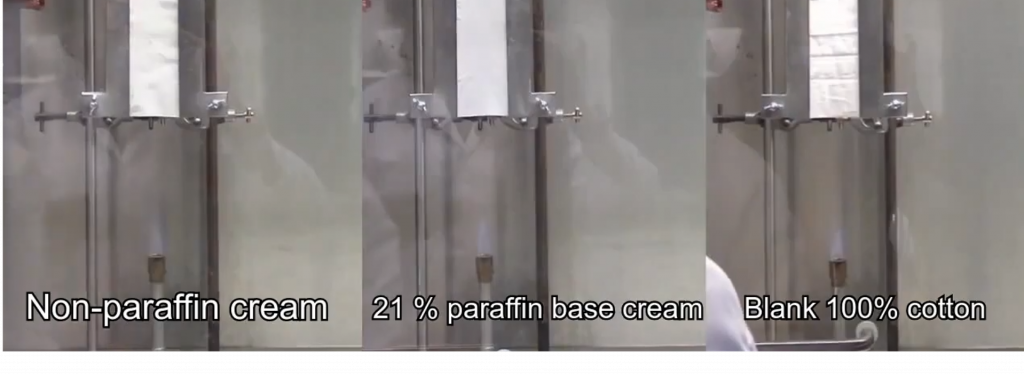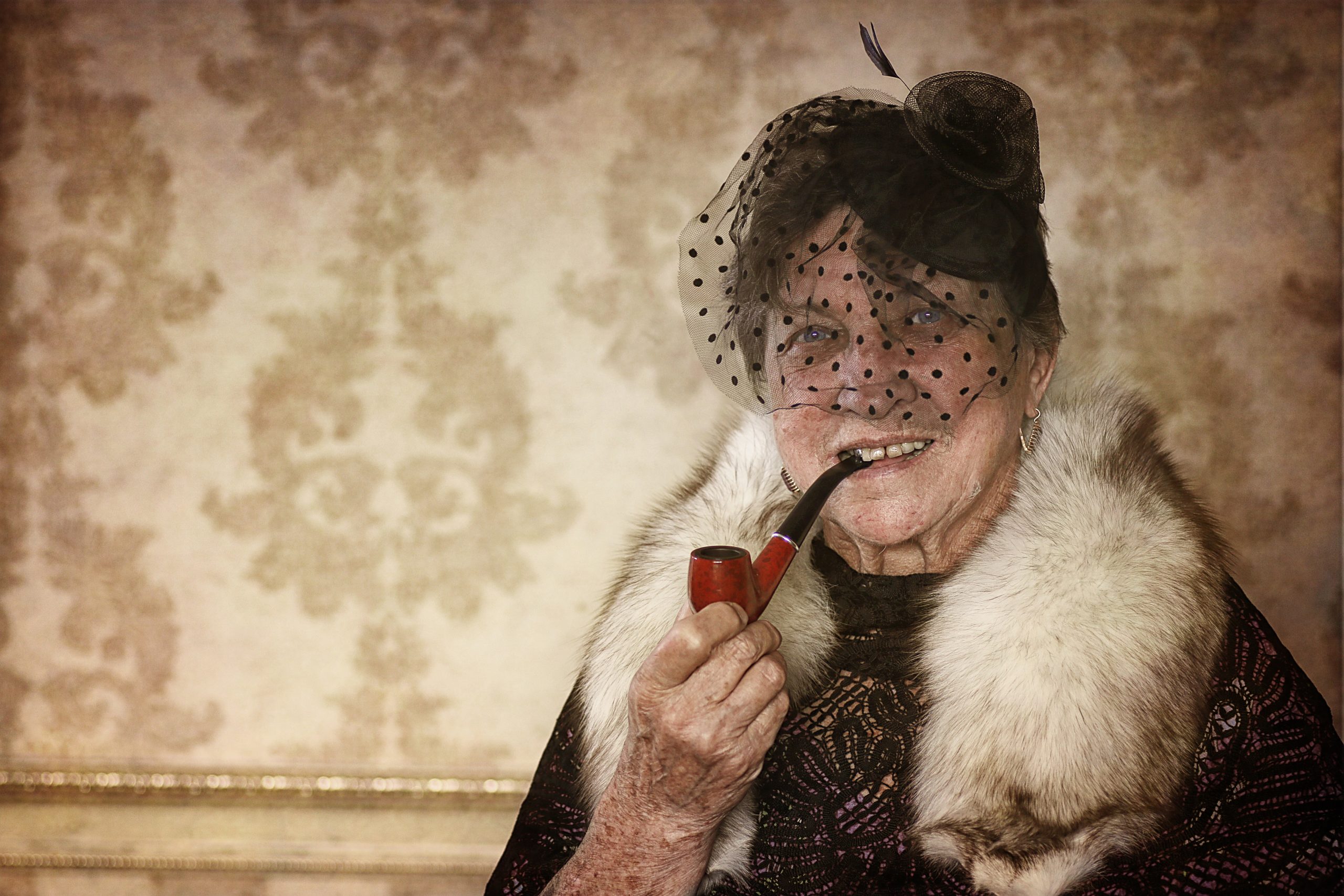Back in the day one of the great “unsolved mysteries” was the “spontaneous combustion” of mostly elderly folk. These days we know why they went on fire, and the MHRA first issued an alert about emollients in 2008 – yet this is still a very poorly assessed area in many services and the danger doesn’t seem be common knowledge yet!
In May the death was reported of Jim Rownsley, an 89-year old grandfather who died after his clothes caught fire due to the flammable skin cream he used. He was found dead after a fire started by a gas heater at his home in Doncaster in February.
Earlier that month the family of Cedric Skyers, who died back in 2016, were also in the media trying to raise awareness of his death. He dropped his cigarette while in the smoking area unsupervised and emollient build-up in his clothing caused him to be quickly engulfed in flames.
“Emollient” is the medical word for moisturiser and is derived from the Latin verb mollire, “to soften”. The products are not especially flammable themselves but they act as an accelerant, meaning they increase the speed of ignition and intensity of the fire.
It’s absolutely essential that care services assess the risks to people’s personal fire safety as well as their general domestic risks of fire. If someone uses emollients, an assessment must be carried out.
Emollients can transfer from the skin onto clothing, bedding, dressings, and other fabric. Once there, they can dry onto the fabric and build up over time – a residue is present even with regular laundry. Fabric with such a residue is easily ignited.
The importance of knowing this and assessing accordingly cannot be underestimated. In the video below, made by researchers at Anglia Ruskin University, which sample of cotton do you think will go on fire first?

Resources
I’m happy to share this free training presentation and personal fire safety risk assessment which can be easily adapted for all services.
Part One – for all staff
- Emollient creams – quick refresher
- Why they are a hazard
- Your responsibilities and rights
- Record keeping
- Reporting Inspection guidance
Part Two – for assessors, auditors and managers
- What to assess, and how
- Good assessments and care plans
- Auditing of documents and records
- Potential conflicts
- Inspection guidance
Z Cares family members receive my whole personal fire safety training pack (including handouts and the 2022 magazine PDF) for free on request.
GOV.UK – MHRA resources
If you have any concerns in this area, or would like me to run a training session for your staff, please get in touch and arrange a free consultation call.


Leave a Reply